Chinese. Greek. African American. Native American. Summer fieldwork uncovers deep, delicate (and sometimes muddy) history.
Corner of Oak and 9th, Calumet, Michigan. Across from the train station; built in 1885, demolished in the 1960s. But humans lived here for as long as 2,000 years before the 818 Oak Street address.
Timothy Scarlett, associate professor of archaeology and anthropology, expected students conducting a two-week survey to uncover artifacts from the Chinese laundry that was also a grocery, boarding house, and community center for Chinese immigrants. Starting in 1905, the owners— who included Chung Wang, Chin Hee, and Wo Chung, speculated to be the men in the photo—leased to Greek immigrant cobblers. As Scarlett says, “It was a big home, and people lived tight.” Life was not easy. Discriminatory laws. Sweeping immigrant arrests. The home’s façade ripped off the building after being chained to a train. By 1916, all Chinese residents departed.
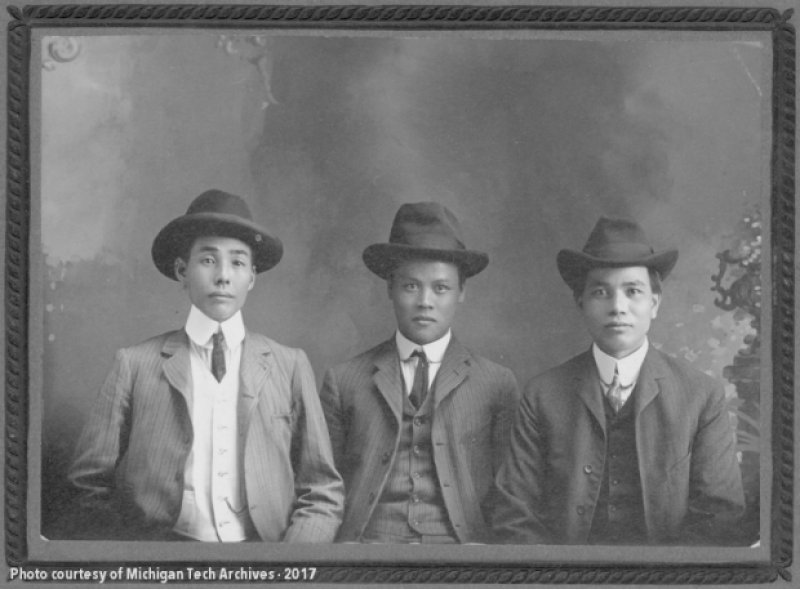
Are these three gentlemen the laundry proprietors? Possible, not proven. (Photo credit: Michigan Tech Archives)
From 1927 to 1944, an African-American family set up house: Lulu Fowler Gardner and her kin. The home passed through other hands, including the State of Michigan in 1958 and final owner Socrates Antioho.
“People dig up deeper, older layers, and mix them with new trash. Soils grow and are buried,” says Scarlett. “The detritus of daily life builds, and leaves us clues to find as we peel back the layers.”
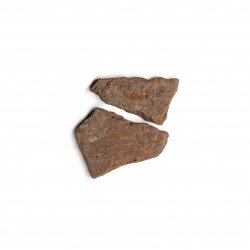
Ceramic Fragments
Levels 1 and 2
Fragile Woodland-era pottery, made sometime in the last 2,000 years, was a shocking discovery. The shards were found close to the surface, about 20 cm deep. The shallow depth suggests that builders unearthed them while excavating the cellar. Another site lies beneath.
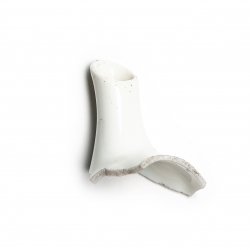
Teapot Spout
Level 2
Late 19th-century porcelain. “We don’t know who these people are yet,” Scarlett says. Names were often approximations. “Census enumerators were notoriously inaccurate when counting immigrants and people of color. We must also dig deeply into archives and oral histories.”
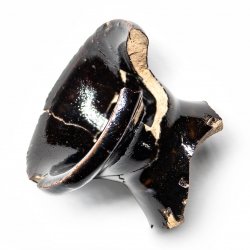
Chinese Stoneware
Level 4
Neck and lip of a 19th-century liquor bottle. Found while excavating deeper, basement rubble; other artifacts were unearthed from yard spaces. Clear photos of the house are lacking; it was usually obscured by wooden fences plastered with billboards—profitable ad space facing the train station.

Blue Bead
Level 1
Beads—often blue—have long been important symbols in African-American culture. Adornment or talisman, beads convey social meaning, including wealth, age, marital status, and political and religious affiliations. Blue is a color of protection and security.
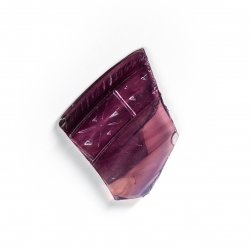
Purple Glass
Level 1
Lampshade or candy dish, an artifact representing middle-class stability and refinement. Fowler Gardner kept the home as a boarding house and her husband, John, was a traveling barber. The artifact’s domesticity belies the stereotypical image of a poor, working-class household.
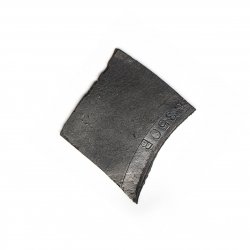
Shellac Record
Level 1
Yodeling cowboy or big band fox trot? Stamped catalog numbers indicate two 1930s possibilities: “Rambling Yodeler” by Cliff Carlisle or Jerry White Hoffman’s Hollywood Dance Orchestra, “While I am Here and You are There (How Can We Get Anywhere).”
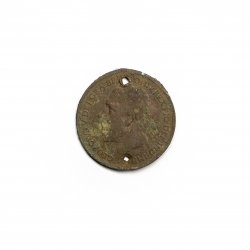
Punched Coin
Level 1
Holes to string it for safekeeping, to wear, to hang? The answers hinge on two pivotal questions used to evaluate potential historical sites for further archaeological exploration and funding: Is it significant? Is it intact? The answer to both, Scarlett says, is yes.
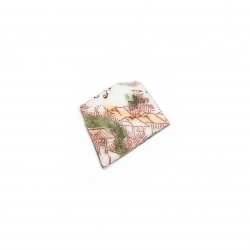
Porcelain Shard
Level 2
“Geisha pattern” china was marketed to blue-collar American households. Common find in mining towns, historically Chinese neighborhoods, and the trash of working-class households. “Each fragment becomes a pixel in an increasingly detailed picture of people’s lives,” says Scarlett.
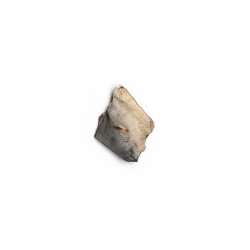
Lithic Flake
Level 2
Shallow find with age: tool-making scraps. Native American toolmakers used microcrystalline silicate, flint, agate, or chert rocks for scrapers, knives, points, flintlock weapons, and fire starters during “pre-matches” eras. Students will try to “refit” the flakes to understand the maker’s process.
Michigan Technological University is an R1 public research university founded in 1885 in Houghton, and is home to nearly 7,500 students from more than 60 countries around the world. Consistently ranked among the best universities in the country for return on investment, Michigan's flagship technological university offers more than 185 undergraduate and graduate degree programs in science and technology, engineering, computing, forestry, business, health professions, humanities, mathematics, social sciences, and the arts. The rural campus is situated just miles from Lake Superior in Michigan's Upper Peninsula, offering year-round opportunities for outdoor adventure.




